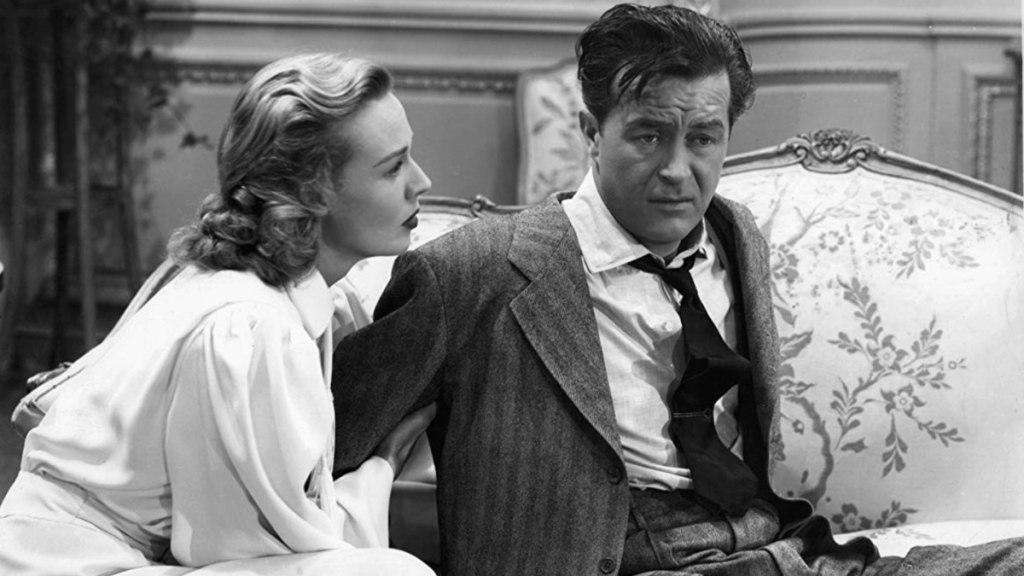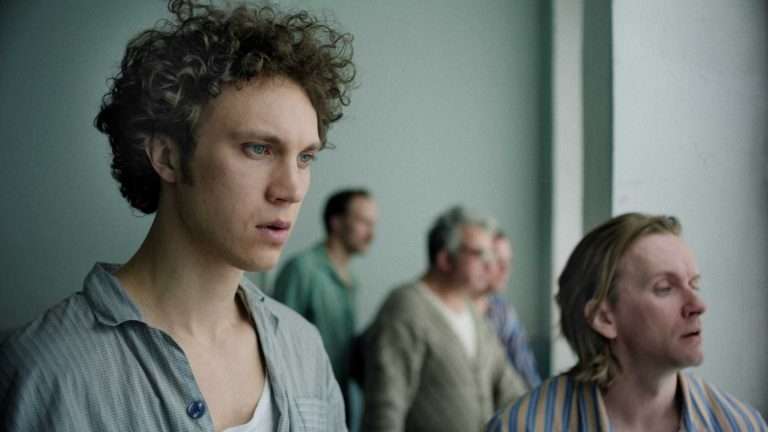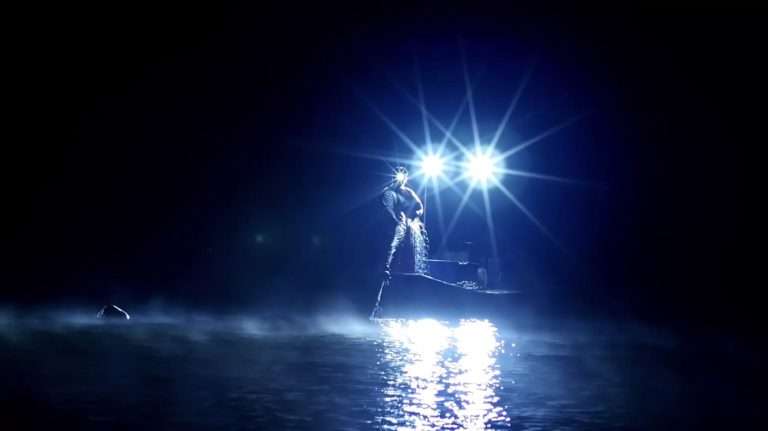The Big Clock (1948) Movie Review: Any great thriller demands an engaging plot; in the sub-genre of an investigative murder mystery, you get that with a protagonist fighting high stakes. An example of this could be an investigator, maybe a detective, or a reporter working under pressure to find a killer. Another example could be a protagonist deep in the investigation, desperate to clear their name from a killing. The latter provides personal stakes; we, as an audience, root for our innocent protagonist to find the real murderer and save their reputation and life. The former gives us external motivations, an ambitious and proactive hero in search of the truth. Add in a backstory with tension and conflict. Then, this rounds the plot and characters arc to provide some real fulfillment for the audience.
Mix all this together, and you get John Farrow’s The Big Clock, starring Ray Milland as George Stroud, the intelligent editor-in-chief of Crimeways magazine. It is one of the many magazines that come out from Janoth Publications. The publication is housed in a building with a gargantuan clock from which the film derives its name. The clock is the crown jewel of the arrogant and trigger-tempered Earl Janoth (Charles Laughton).
Earl is easily irritable and quick to fire anyone over simple indiscretions, despite Laughton giving him a somewhat morose gait and drawl. He and George are at loggerheads, especially with Stroud’s great work in finding criminals that even the Police cannot. This further impedes him from spending quality family time. George shows his sharp wit in finding criminals by focusing on every minute clue that leads them to the person of interest. Despite being in the middle of a case, George is determined to finally take his wife Georgette (Maureen O’Sullivan) on their honeymoon. He angrily quits in the face of Earl and his assistant Steve Hagen’s (George Macready) tyrannical demands.
These confrontations and the haze of a miserable drunken night lead George into the company of Janoth’s mistress, Pauline York (Rita Johnson). Frustrated with Janoth, York has a proposal for George to blackmail his boss. Their night is spent drinking around town, seen together at bars, derelict pubs, and even an antique shop where George procures a painting as well as a Sundial. Eventually, though, George chooses to chase down his angry wife and give her the holiday she deserves. When George leaves Pauline’s apartment to get to his wife, Earl spots him, but in the dark, he can’t see his face. Earl becomes increasingly angry with Pauline and her perceived infidelity, choosing to kill her using the Sundial.
This is the inciting incident that forms the core of the rest of the plot. Earl, with Hagen’s help, decides to implicate the man he saw for the murder and push George into solving this investigation. It’s a riveting plot point, with George akin to a dog chasing his own tail in finding the real murderer to clear his name. Yet this incident is also not without its flaws.
It is vital to the entire structure of The Big Clock that the murder makes sense. Despite his easily irritable demeanor, Earl’s approach to general things and Laughton’s performance clashes with that hotheaded moment where he chooses to murder Pauline. Until the climax, his unpredictable moment of rage is poorly contrasted with a calculated villainous approach to prevent George from catching him. It isn’t that this beat cannot be believable, but between Laughton and the staging of the vital scene, it doesn’t work.

Luckily, then, The Big Clock is far more focused on George and his pursuit of the truth that could lead to his own fall. George has to employ his regular investigative skills, under the watchful eye of Hagen, to find himself while also figuring out any evidence against either Hagen or Earl. It’s a delicious bit of thrill that Farrow and writer Jonathan Latimer concoct as George slyly maneuvers across clues and witnesses that might connect him to Pauline and her death.
The engaging mystery is enhanced with touches of comedy as George struggles with his frustrated wife, who just wants a holiday. The dialogue writing in this scenario is sharp, with George in a battle of wits against her as well as Hagen and Earl. The craft, too, is incredibly solid; clocks and time play an essential part in the unfolding plot. The narrative unfolds across 36 hours, with the second half rooted exclusively within the Janoth Publications building. George is thrust into a cat-and-mouse game for his life. Whether through the big clock itself, chiming clocks, or the dangerous Sundial, the visuals of time are used as crossfades in the editing typical of film noir.
The lighting or framing never does much to evoke a sense of darkness and ominous foreboding. There are visual flourishes, especially involving the big clock, that create energetic beats of action. The opening sequence highlights this, as we see the camera swim across buildings to focus on George in trouble. It’s a well-stitched take – a seamless microcosm of the Farrow and his teams’ abilities to stage electrifying sequences.
Milland gives George ample enough time to grow both as a loving family man caught deep in his work. It allows the character to be worth rooting for despite his follies and arrogant attitude. Milland wears that charm and arrogance beautifully. The rest of the cast doesn’t have much to work with, yet they do their jobs, notably Rita Johnson in her limited time as the femme fatale.
Yet none of this works as well as it should because of that inciting incident and the choices in Laughton’s performance as Earl that feel dated. Earl Janoth is characterized in simple brushstrokes, at one point a raging lover and at the other end too lazily arrogant about his position. His actions would have been better justified had the writing decided to focus further on Pauline’s blackmail plot rather than the jealous lover angle.
Although the film is so sharp about the plot, it has no grasp of and no care for the characters (George aside). Overall, The Big Clock remains a fun ride of crime and mystery, with a protagonist rooted deep within the investigation, and yet falters because the crux doesn’t work. As flourished as the tree may be, if the roots are poisoned, then the fruits will eventually be rotten.
★★1/2


![Antigone [2019]: ‘TIFF’ Review – A disobedient voice to the absolutes of state](https://79468c92.delivery.rocketcdn.me/wp-content/uploads/2019/08/Antigone-highonfilms-768x384.jpg)
![Hustle [2022] Netflix Review: A Winning Underdog Story Elevated by Adam Sandler’s Charming Central Play](https://79468c92.delivery.rocketcdn.me/wp-content/uploads/2022/06/Hustle-Netflix-2022-768x403.webp)


